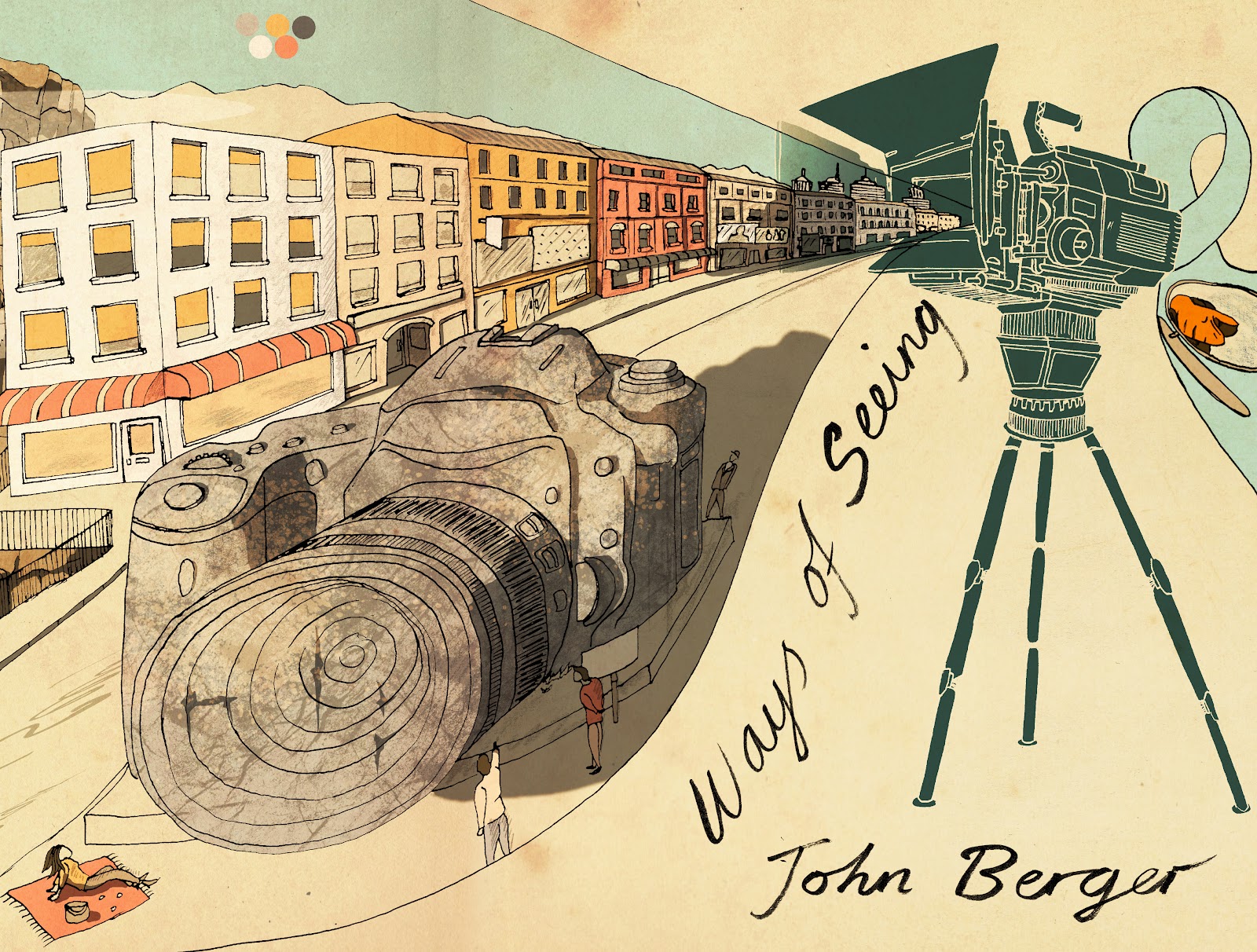

The feminist art historian Griselda Pollock remembers the ‘moment’ of Berger’s appearance – 1972 – as a kind of methodological primal scene: after the show, the humanities began to turn away from connoisseurship toward what Pollock has called the ‘analysis of power and the deconstruction of classed, raced, and gendered meanings’. It is a move that has only grown in ubiquity ever since. It is to cut past the scrim of beauty, and reveal more fundamental anatomies: capitalism, colonialism, patriarchy, mimetic desire. Viewers soon learn that the painting Berger cut was a facsimile, but the metaphor of the scalpel is plain: to question is to dissect. The difference extended to the very mode of aesthetic response – appreciation or critique? This is the significance behind the act of vandalism that opens Ways of Seeing. At its worst, it was little more than a luxury good. Art was best, he said, when it was born of struggle and inspired belief. Berger was a self-styled outsider: he had run away from boarding school as a teenager, and left England for France in his 30s. Suave, moneyed, knighted at 35, Clark was the embodiment of the high-cultural mandarin: art existed for the pleasures it afforded those refined enough to feel them. Often presented as a riposte to Sir Kenneth Clark’s TV series Civilisation (1969) – Berger himself spoke of it as a ‘partial, polemical reply’ – the show attacked Clark’s school of connoisseurship ‘with a razor’. That first episode now has close to 1.4 million views on YouTube, and the paperback regularly sits atop Amazon’s Media Studies bestseller list.įor decades, Berger’s name has been shorthand for the series, which has been shorthand for a certain style of combative, materialist art criticism. Regularly assigned in art schools and introductory art history courses, Berger’s project has never really waned in popularity. When Penguin commissioned a paperback adaptation, the first two print runs sold out in months. People in London and New York argued about Berger’s ideas. It attracted few initial viewers but, through rebroadcasts and word of mouth, the show gathered steam. Ways of Seeing first aired on Sunday evenings on BBC2 at the start of 1972.

That tradition which was born about 1400, died about 1900.’ ‘This is the first of four programmes,’ Berger says, ‘in which I want to question some of the assumptions usually made about the tradition of European painting. The opening beat of the programme is the audio of the incision – the blade’s rough abrasion on canvas – before the soundtrack settles into voiceover.


At the start of the first TV episode of Ways of Seeing, John Berger takes a scalpel to Botticelli’s Venus and Mars.


 0 kommentar(er)
0 kommentar(er)
